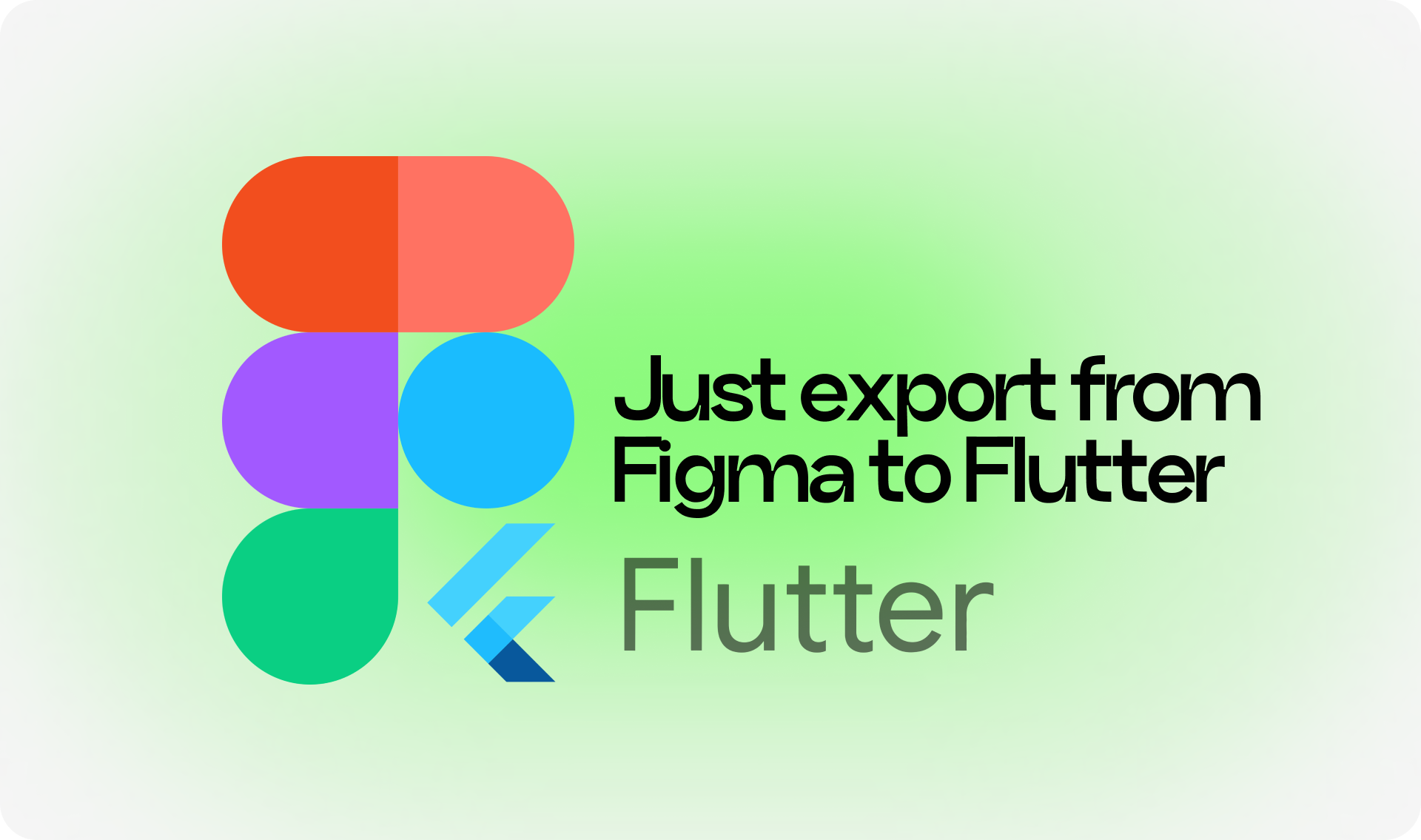
Hello, fellow developer! Today, we'll explore how to effectively integrate Figma and Flutter in your mobile app development process. This guide will help you save time and avoid unnecessary complications. Let's get started!
Why Figma and Flutter?
Figma is a powerful tool for designing user interfaces, allowing for the creation of interactive prototypes. Flutter, on the other hand, is Google's framework for building high-performance, cross-platform mobile applications.
Integrating these two tools enables a seamless transition from design to code. Designers can create layouts in Figma, and developers can quickly translate these into real applications using Flutter.
Step 1: Preparing the Design in Figma
First, make sure your Figma design is ready for export. Here are some recommendations:
- Layer Organization: Ensure all elements are logically grouped and have clear names.
- Component Usage: Create components for repetitive elements (buttons, forms, cards).
- Grid and Guides Setup: This will help developers accurately reproduce the design.
Step 2: Exporting from Figma
To export assets from Figma, we'll use the Flutter Export plugin.
- Installing the Plugin: In Figma, go to the "Plugins" section and find the "Flutter Export" plugin.
- Exporting Assets: Select the necessary design elements and export them using the plugin. Make sure to save them in appropriate formats (SVG for icons, PNG for images).
Step 3: Setting Up the Flutter Project
Now that we have all the necessary assets, let's set up the Flutter project.
- Creating the Project: Open the terminal and create a new project:
bashCopy code
flutter create my_app
cd my_app- Installing Dependencies: Add the required dependencies in pubspec.yaml:
yamlCopy code
dependencies:
flutter:
sdk: flutter
flutter_svg: ^0.22.0Step 4: Importing Assets into Flutter
- Importing Images and Icons: Copy the exported files into the
assetsfolder of your Flutter project. Updatepubspec.yamlto include these assets:
yamlCopy code
flutter:
assets:
- assets/images/
- assets/icons/- Using SVG: To work with SVG icons, use the flutter_svg package. Example code:
dartCopy code
import 'package:flutter_svg/flutter_svg.dart';
class MyHomePage extends StatelessWidget {
@override
Widget build(BuildContext context) {
return Scaffold(
appBar: AppBar(
title: Text('Figma & Flutter Integration'),
),
body: Center(
child: SvgPicture.asset('assets/icons/my_icon.svg'),
),
);
}
}Step 5: Creating the User Interface
Now that all assets are imported, let's start creating the user interface.
- Using Containers and Text Widgets: Example of creating a simple card:
dartCopy code
import 'package:flutter/material.dart';
class MyCard extends StatelessWidget {
@override
Widget build(BuildContext context) {
return Card(
shape: RoundedRectangleBorder(
borderRadius: BorderRadius.circular(10),
),
elevation: 5,
child: Padding(
padding: const EdgeInsets.all(16.0),
child: Column(
crossAxisAlignment: CrossAxisAlignment.start,
children: [
Text(
'Card Title',
style: Theme.of(context).textTheme.headline6,
),
SizedBox(height: 10),
Text(
'This is a description of the card, which is designed in Figma and implemented in Flutter.',
),
],
),
),
);
}
}Conclusion
Integrating Figma and Flutter significantly simplifies and accelerates the mobile app development process. Proper organization and the use of appropriate tools and plugins will help you efficiently translate design ideas into code. I hope this article was helpful and gave you a better understanding of the integration process.
And of course, don't forget to add the Bidapp SDK before the deployment to monetize your app effectively! Good luck <3









